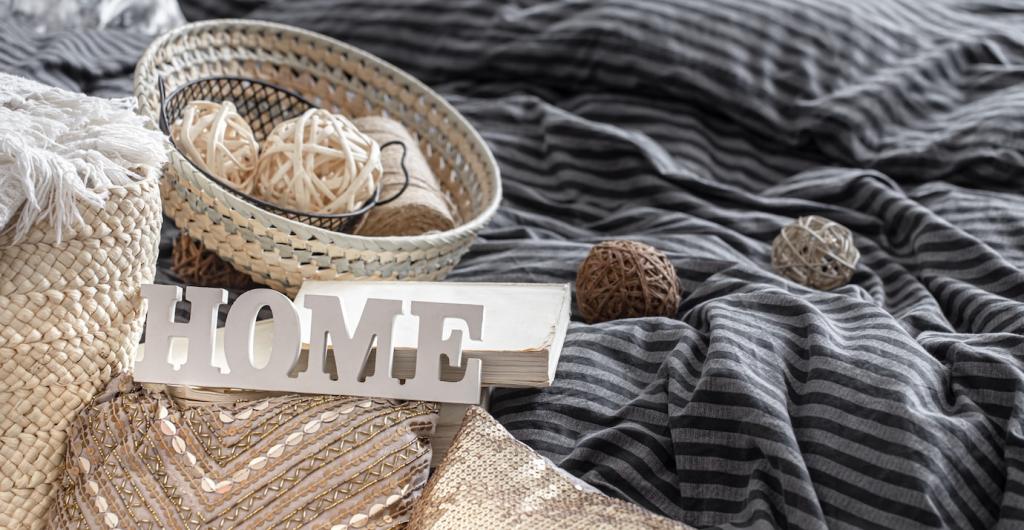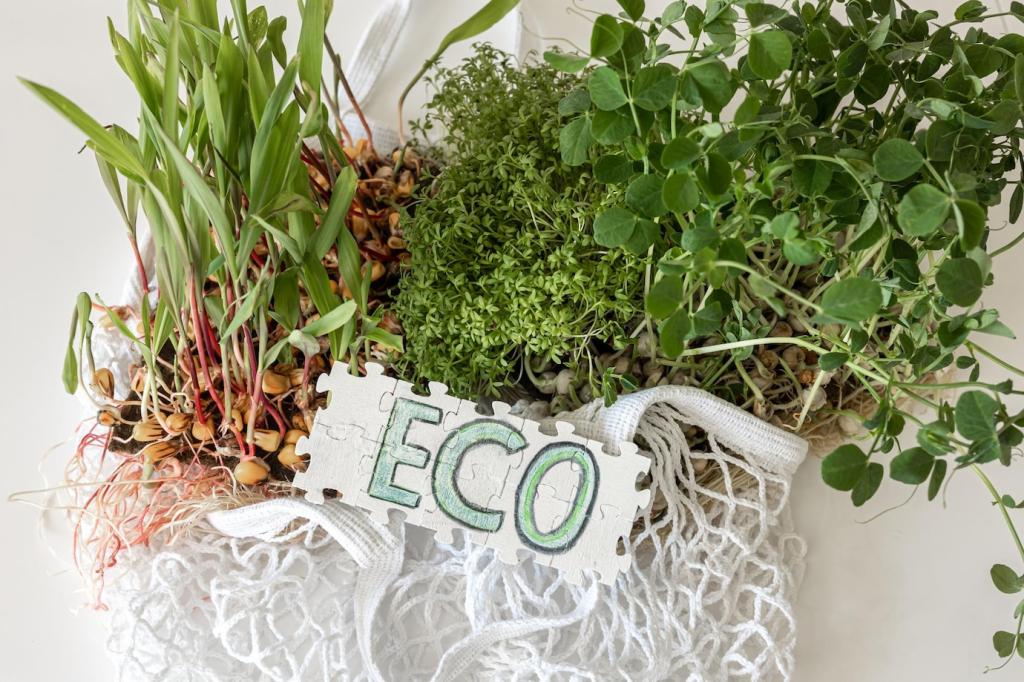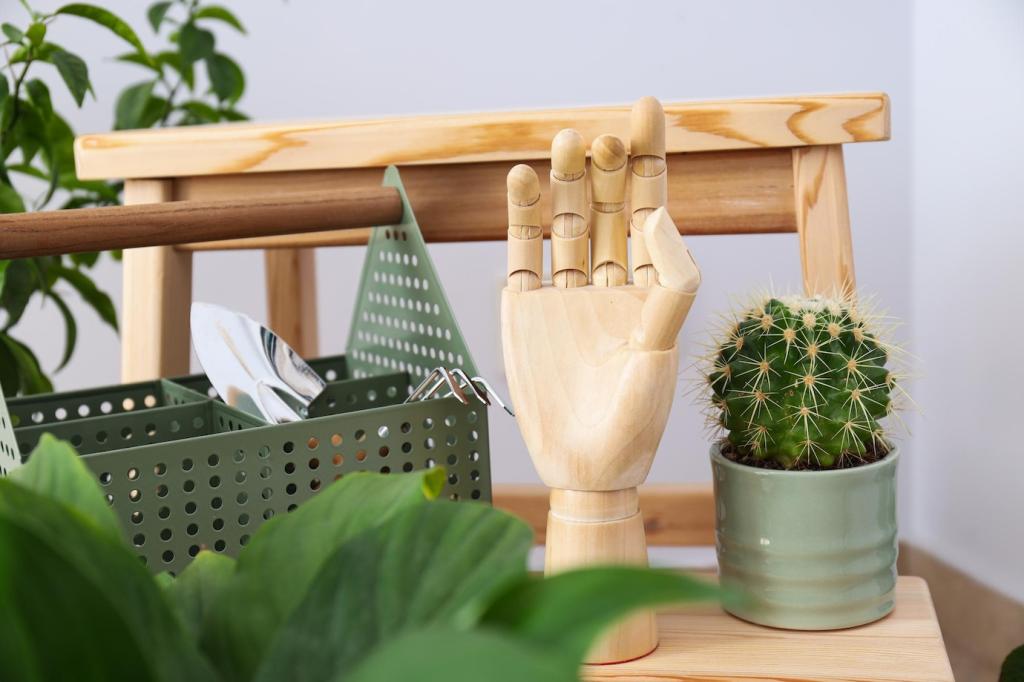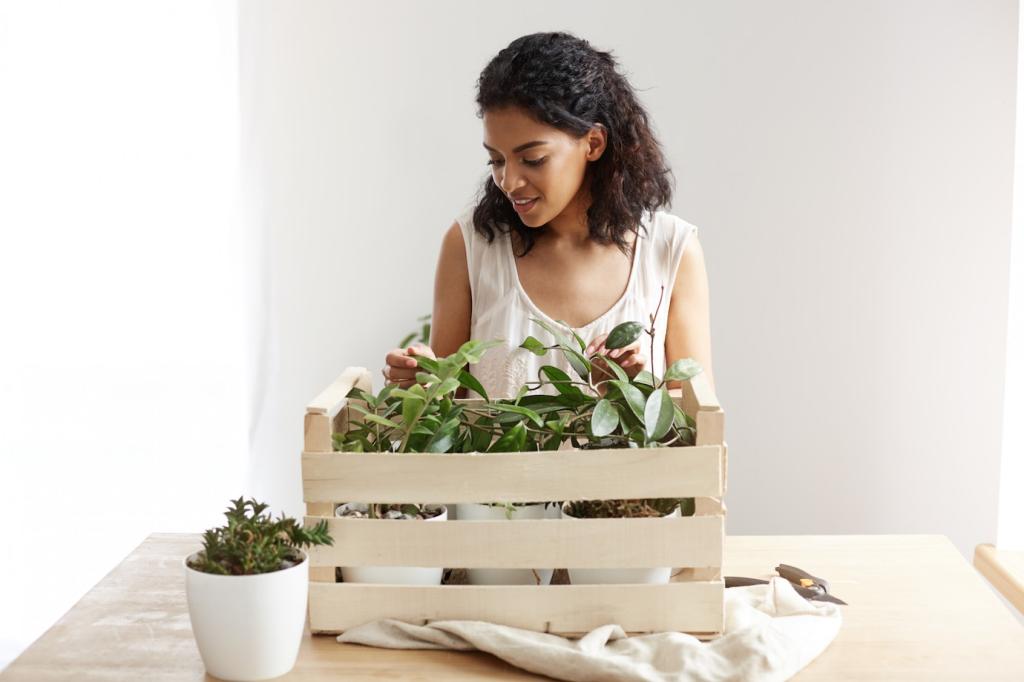Measure, Maintain, and Celebrate Progress
Establish a baseline: number of trash bags, donation frequency, and repair hours each month. Log reductions and note what worked. You’ll see patterns and quick wins. Share a milestone—big or small—and inspire someone else to start today.
Measure, Maintain, and Celebrate Progress
Create a swap circle for decor, lend tools, and organize a materials library shelf labeled by size and type. People love contributing to visible systems. Invite a neighbor to your next swap and report the most surprising item that found a new home.





